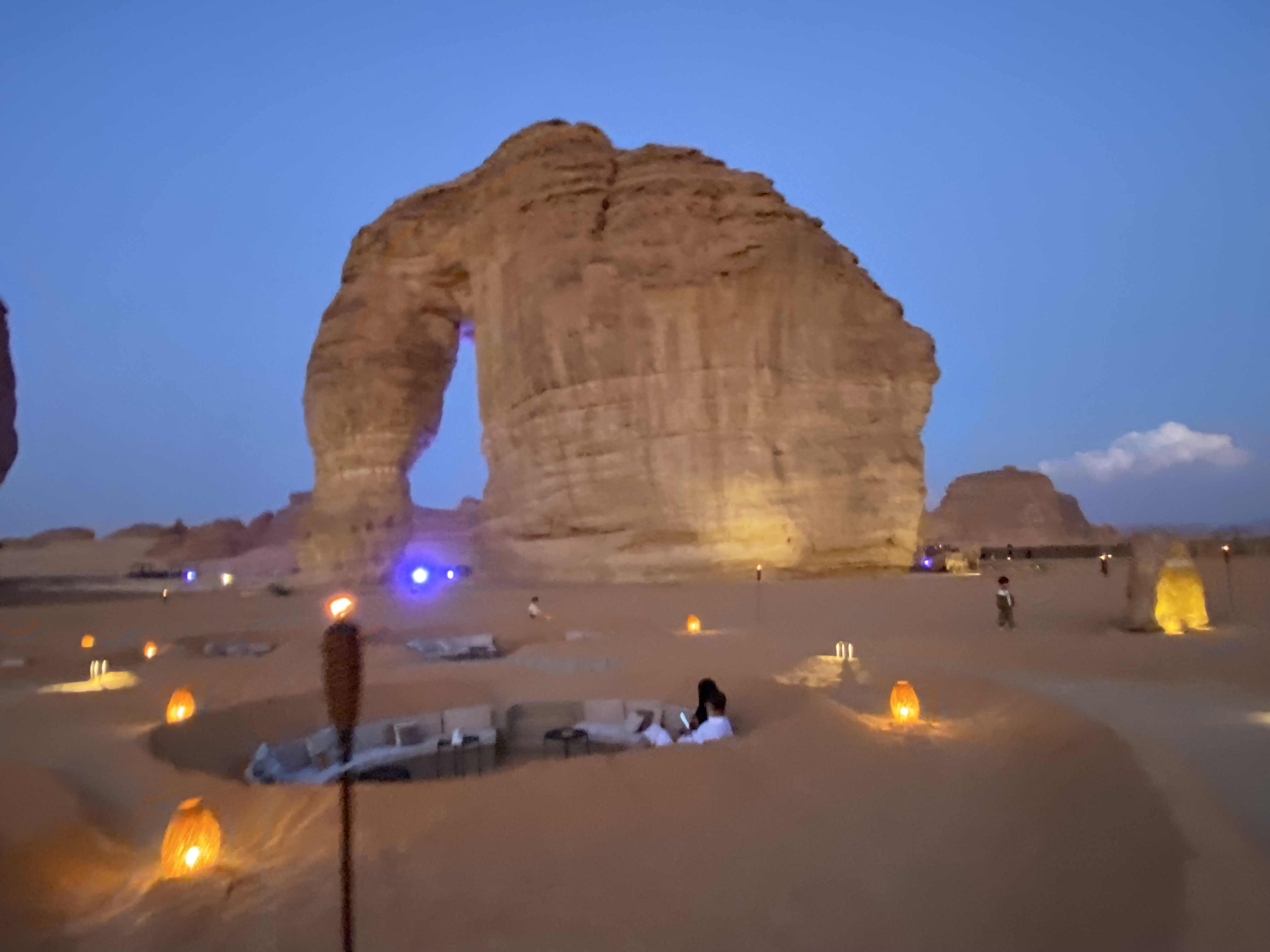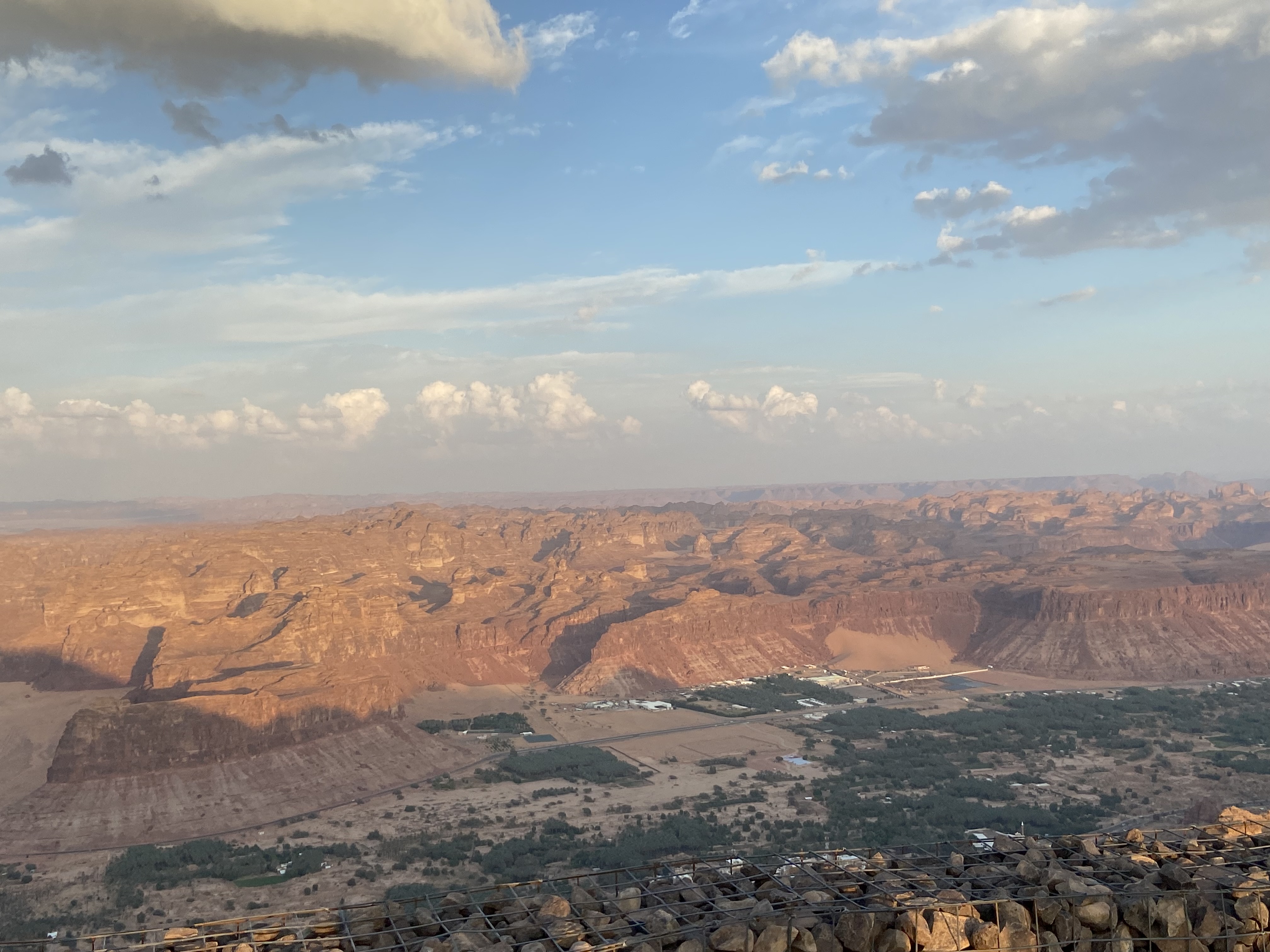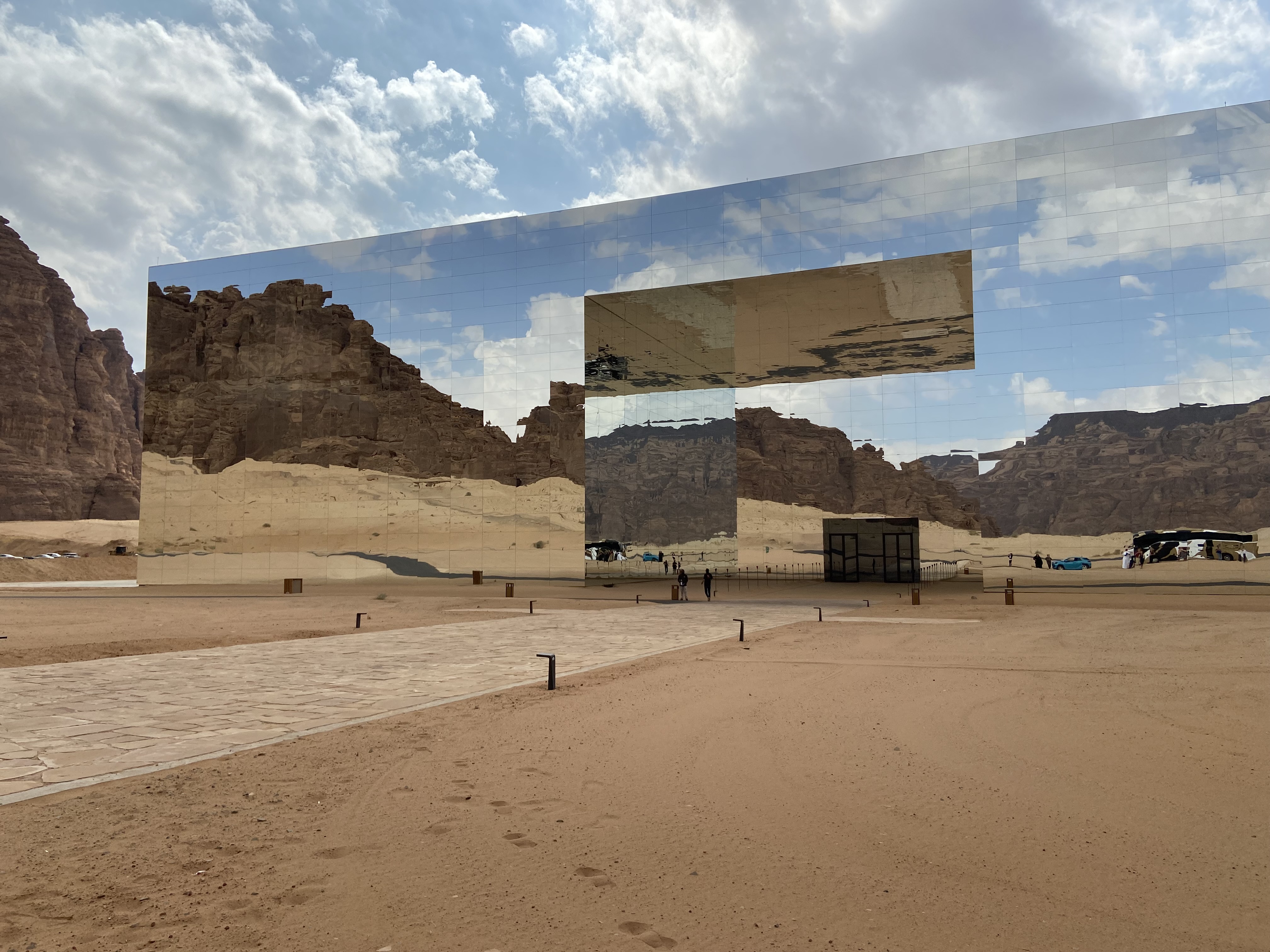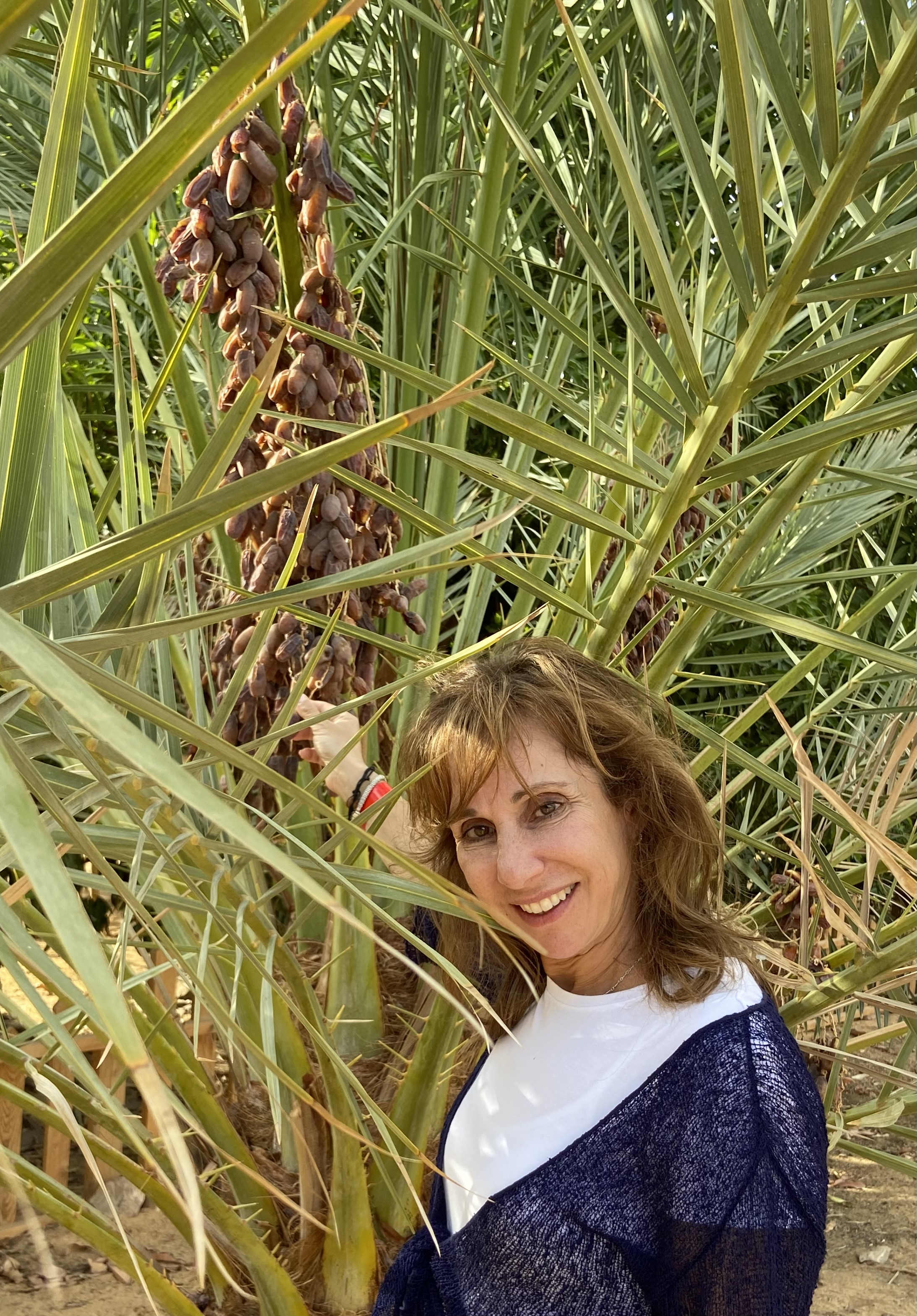Al Ula, Saudi Arabia - The World’s Largest Outdoor Museum

Al Ula, Saudi Arabia - The World’s Largest Outdoor Museum
This historical region of Al Ula is a stunning beauty and an archaeological wonder, with traces of civilization more ancient than ever imagined. Reminiscent of the set of a Spielberg movie. Jurassic Park comes to mind. A barren desert with major structures in the shape of circles, spheres and triangles that become obvious when one looks down from the sky with an aerial perspective.

Remains of an Ancient City called Hegra
Located in the north west of Saudi Arabia, and spanning about 20,000 sq. kilometers, Al Ulla is finally having its prehistoric sites researched by expert archeologists from around the world. So far, over 12,000 archaeological sites have been recorded in Al Ulla, and it is expected that 21,000 more structures remain to be catalogued. These are major stone structures spread across miles of desert, including nearly 100 sandstone tombs, many over 5 stories high.
The excitement over these discoveries lies in being able to uncover the way of life of the Nabateans, who lived in a city called Hegra. Their sandstone carvings are a window into how our modern world began. The Arabian peninsula, thought to be barren, was actually not barren at all. Rather, it was home to an active community and represents a lost civilization. There are traces of ancient civilization older than ever imagined. The region was a thriving crossroads that served traders of incense and spices.

A Yet Untapped Global Travel Destination
Excavation of the region is being led by the Royal Commission for Al Ula (RCU), led by the region’s Prince Mohammed bin Salman. Today, sweeping modern reforms are opening up the region to tourists, who previously were not welcome. RCU has major plans to make the region a global traveller destination, with hopes of accommodating over 2 million visitors per year.
An indication of the RCU’s commitment to the project is a financial commitment to the tune of $15 billion, in 3 phases, spanning through 2035.
It is at the same time, a challenge and an opportunity to uncover and to better understand the region’s historical significance. The region can offer art, culture and nature - something for everyone.

Important Thrilling Discoveries
Archaeologists from around the world are collaborating to piece together the past.
They are deciphering rock carvings that including images of hunters, lions and cattle, that suggest that an important civilization existed here at one time, when the land was not as dry as it is today. They are also discovering script carvings in the sandstone, suggesting the beginning of the arabic language.
Most exciting, is the strong evidence that a thriving community existed in Al Ulla. The archaeological discoveries confirm that 7,000 to 8,000 years ago the first cattle herders lived in the region. The stone carvings show that a major change from hunting to herding took place around this time.
Al Ula was the beginning of today’s modern way of life. It dates back to thousands of years before the pyramids. The carvings predate Stonehenge by about 2,000 years, making this the oldest civilization known to mankind.
If that isn’t enough reason to visit - then what is! Al Ula, Saudi Arabia, a region with heart!
